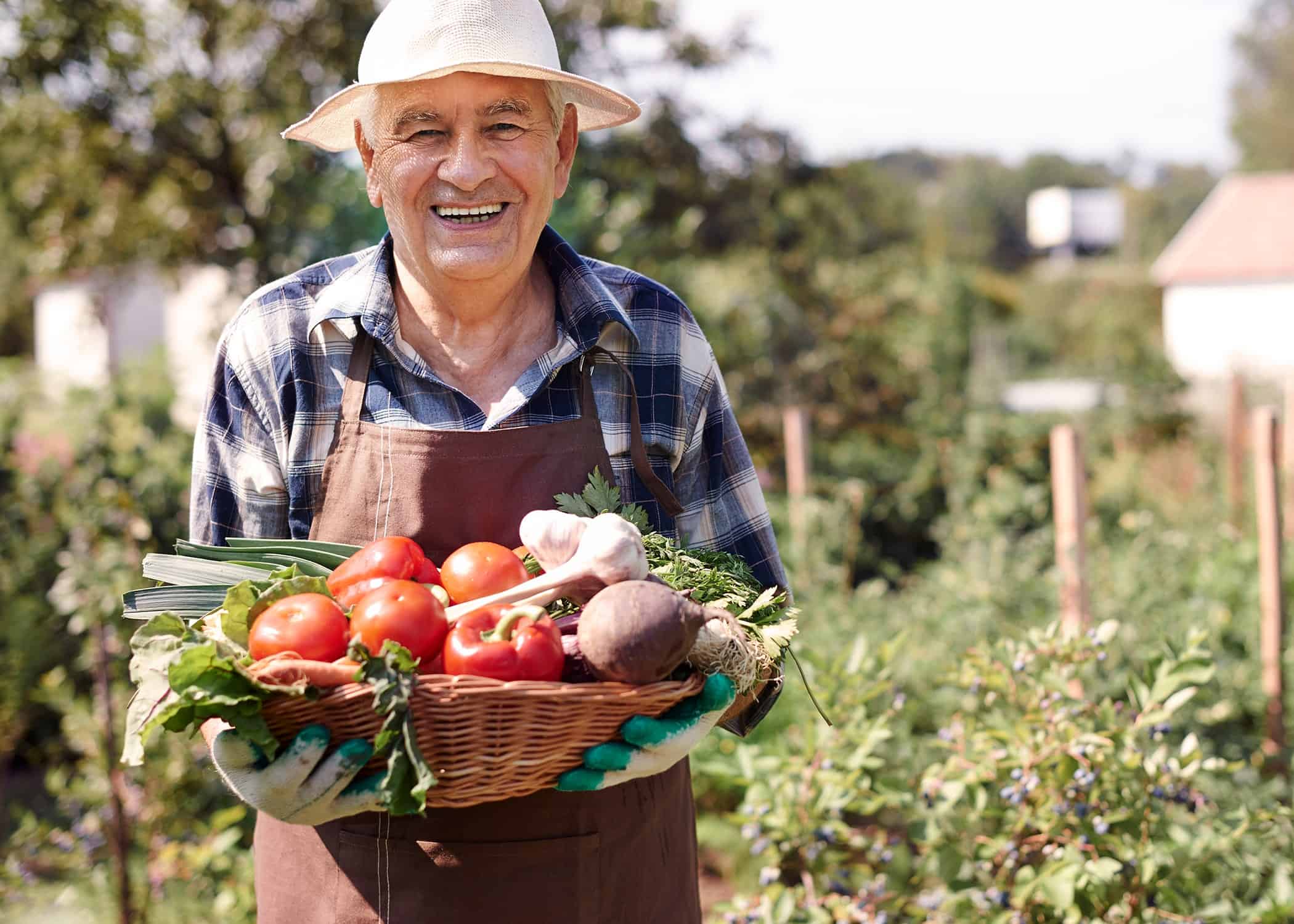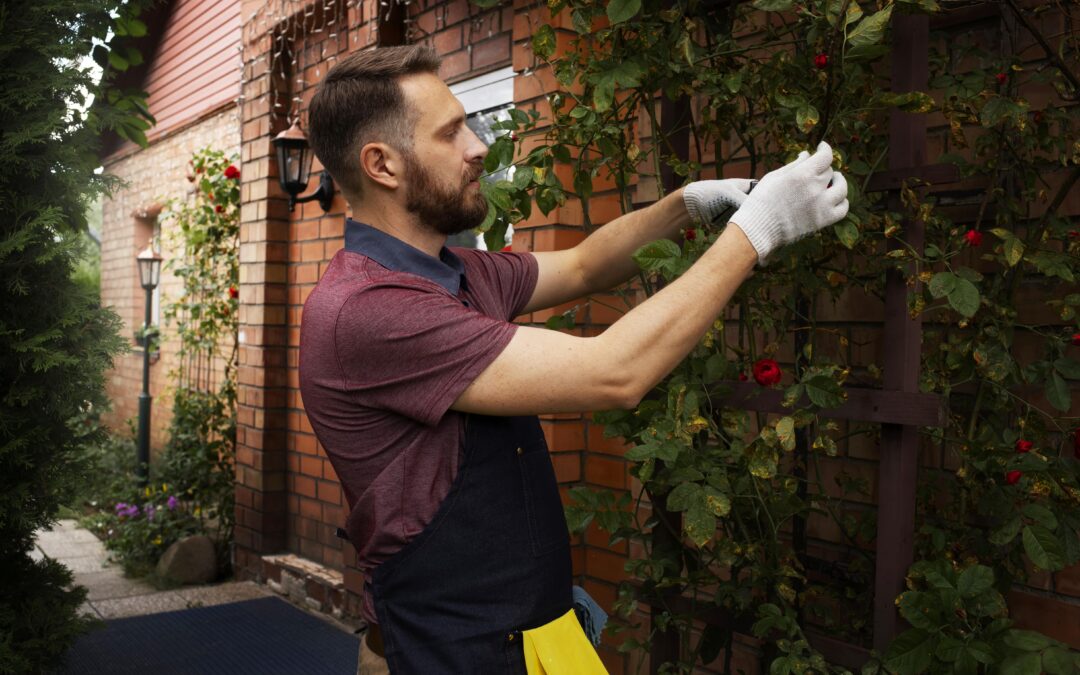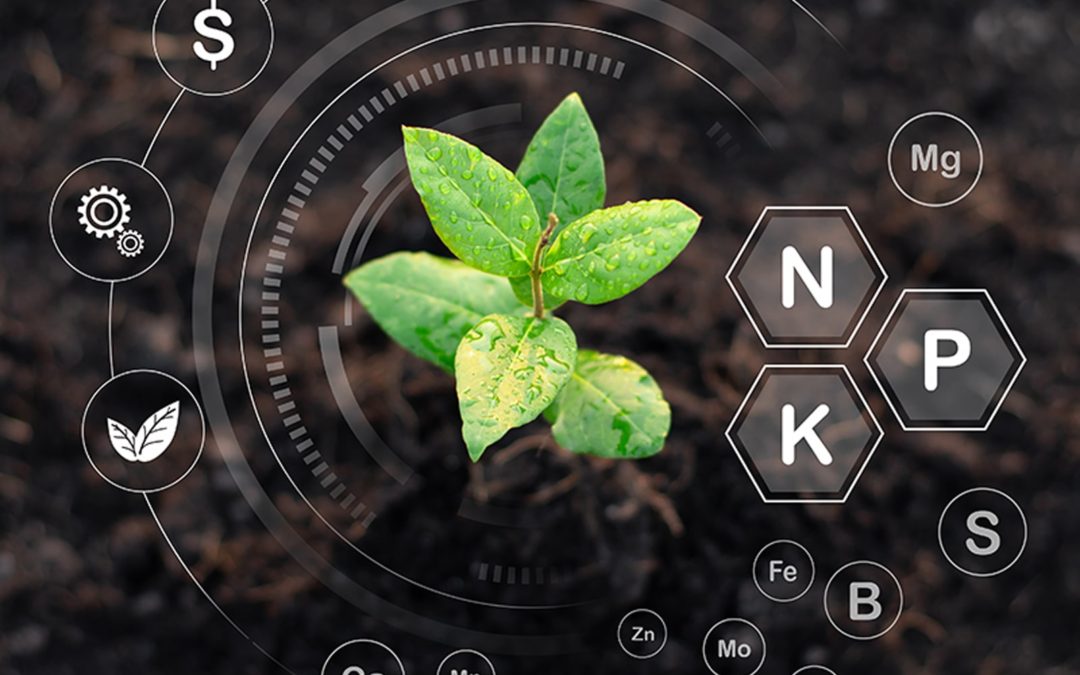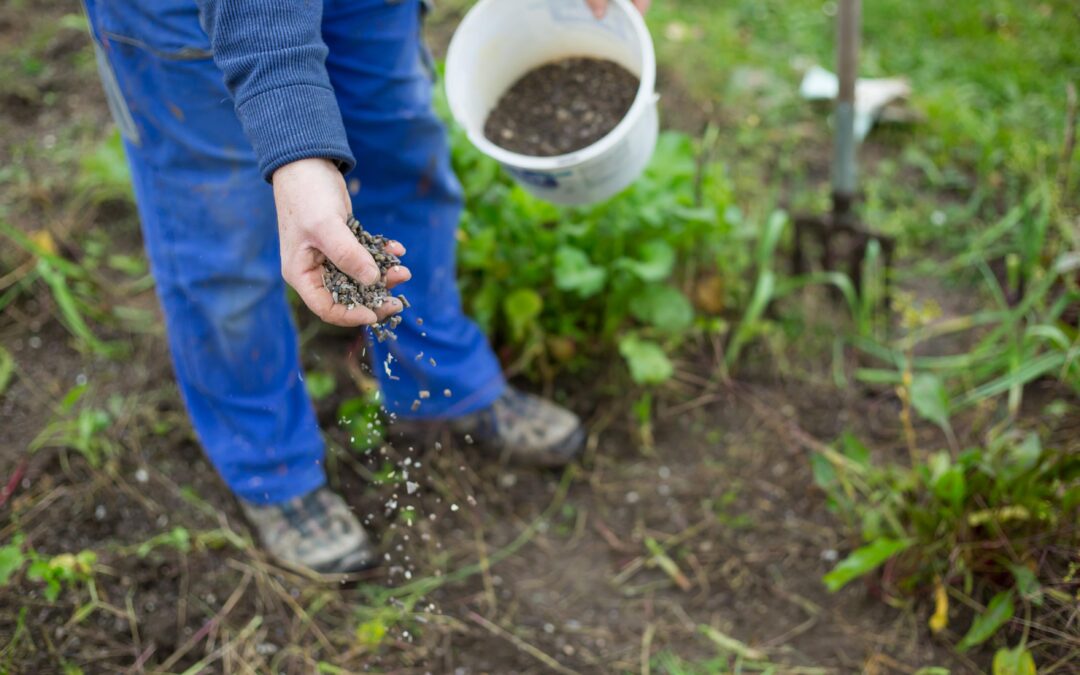Discover a warm place large enough for some flower pots and having sufficient sunlight and tasty and organic fresh vegetables can be yours.
Small Space, Huge Benefits
There is no lack of reasons to begin growing a vegetable yard. Apart from producing a scrumptious bounty for your family and friends, there are numerous additional advantages. It’s budget-friendly, healthy and balanced and it’s a fantastic household task. As you find out more concerning horticulture and take pleasure in the outdoors, you can also share learning experiences and develop memories for your children. Follow these steps to be on your way to a harvest of vegetables, even if you’re short on space.
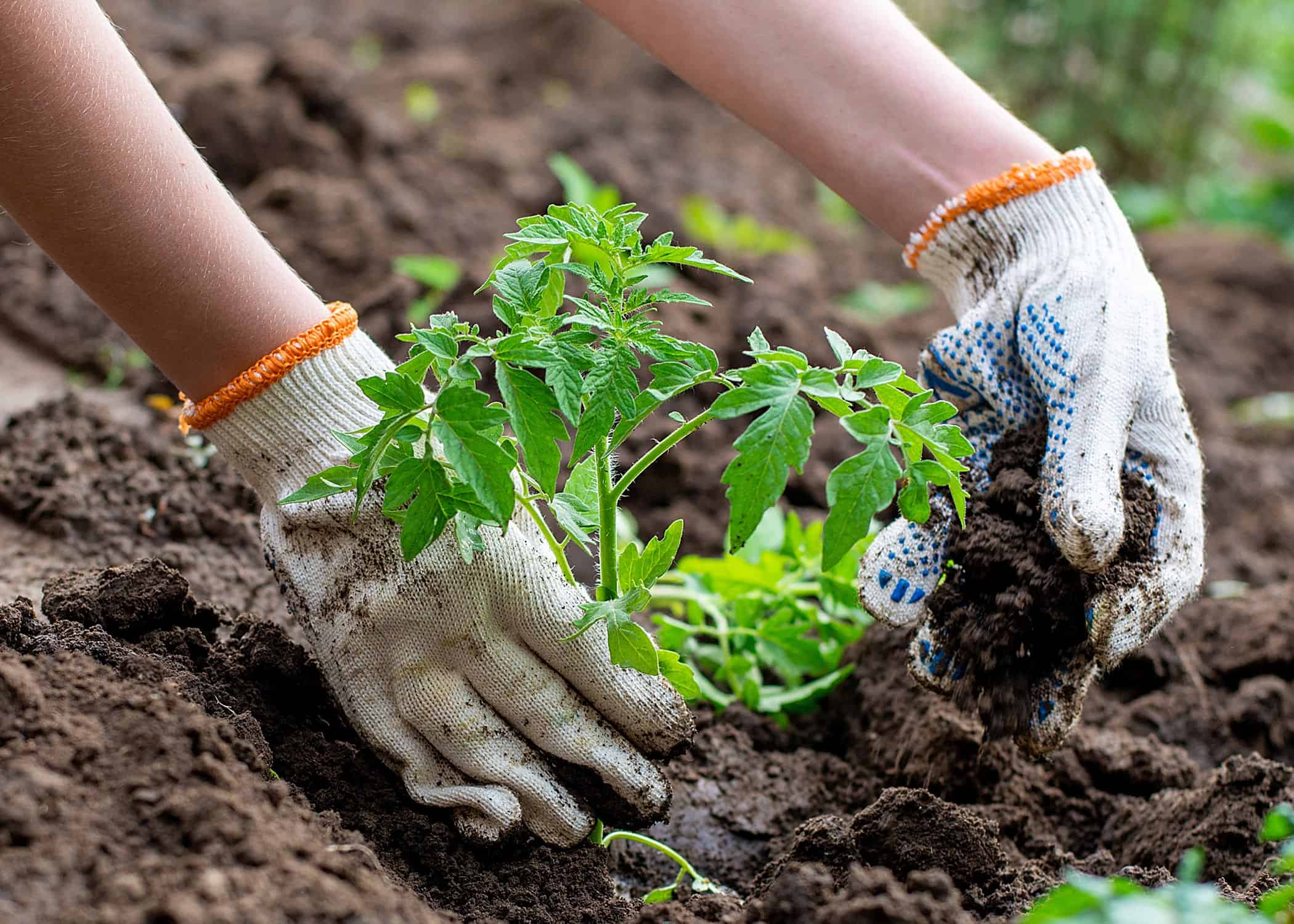
- Strategies and Design Your Vegetable Garden
Initially, gauge your aspiration and decide what size of a garden you actually want. When you’re first conceptualizing out it’s ideal to begin small. The more sunlight the better. Be sure to pick an area in your backyard that gets at the very least six hours of sunshine each day.
- Preparation and Soil
You can make use of one of two various type of beds for your vegetable garden: in-ground or raised-bed. In-ground garden beds are the most convenient way to get started. They’re cheap and less labor-intensive. Raised garden beds supply excellent drainage, however you’ll require to buy either the beds in a package or the wood to make them yourself. Regarding soil, ensure your soil is well oxygenated to promote root development and natural and organic worm activity. The soil must be crumbly, not clumpy. For in-ground garden beds, modify the native soil with garden soil, such as Potting mix from the House of Terra. Mix a 3-inch layer into the top 6 inches of your garden bed. For raised bed garden, fill up the beds with a mixture of garden soil and Potting mix from the House of Terra, which is the ideal structure and weight for growing vegetables in raised bed garden.
- Select Your Vegetable Seeds or Starter Plants
Basically you can pick what you intend to grow and decide whether you want to start with starter plants or seeds. Make sure to keep in mind what grows better in your location and the space you have for growing. Starter plants like the solid, strenuous vegetables and natural herbs grow a lot more faster till harvest time, making them an exceptional selection for any type of vegetable garden. Know, too, that with veggies, timing is very important. Broccoli, carrots, lettuce, peas, and spinach often tend to like cool climate. So you can plant them one month prior to the winter season in your location. After winters, plant vegetables that prefer warm-weather, such as corn, tomatoes, cucumbers, and peppers.
You selected seeds?
Great! Help them sprout quicker and in the ideal conditions, they require to grow up for about 3-4 inch small plant by first growing them inside a seed-starting mix like Potting mix from the House of Terra. This has the appropriate structure and components to retain dampness and offer fledgling root area to expand. Simply put the potting mix in the containers you have prepared to germinate your seeds in and make sure to add drainage holes if you are going as a DIY project. Once they’re all set for the growing outdoors, you can transplant them into a raised bed, in-ground garden, or a larger flowerpot.
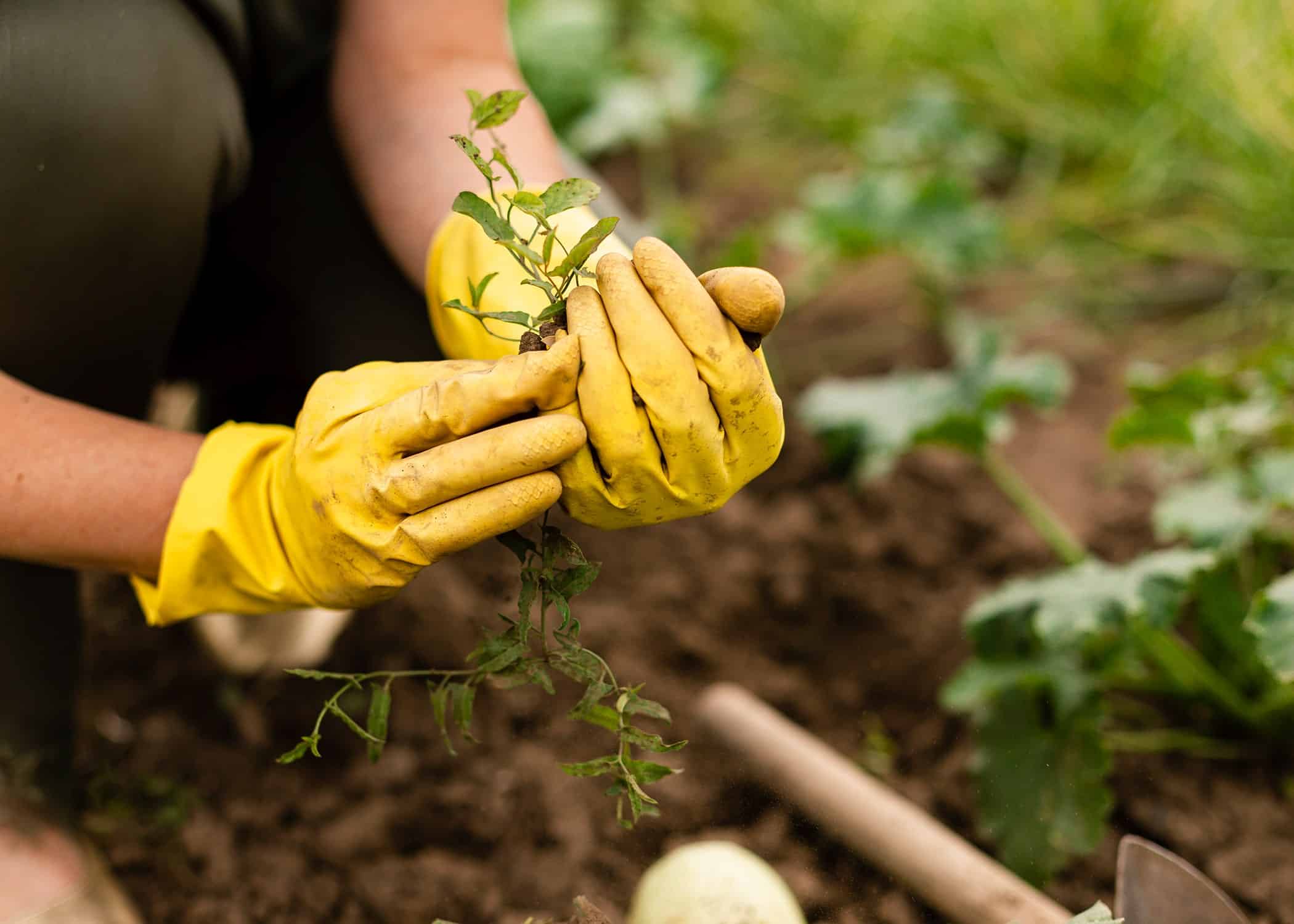
- Explore Your Place
When you have decided what to plant, you can then evaluate the space needed for every vegetable, keeping in mind the instructions that feature your seeds or starter plants. Root vegetables like radishes and carrots can require as much as 12 inches of area in between plants. Smaller, leafed vegetables like spinach and lettuce require 4 to 6 inches of space, while big vegetables like eggplants and pumpkins can need up to 2 feet in between each plant.
- Feed and Water Your Vegetables
If you begin your plants from seeds, your plants just need to be maintained wet while they are just small plants. Once your plants have real leaves, or if you plant starter plants, watering and feeding ought to be a regular routine. Go for the base of the plant when sprinkling and feeding.
- Using Compost and Prevent Weeds
In between growing and harvest, your vegetable garden will certainly need some additional care. Weeds take on your vegetables, taking nutrients, water and sunshine, so you intend to pull them out. A 3-inch layer of mulch around your plants will discourage weeds to grow.

